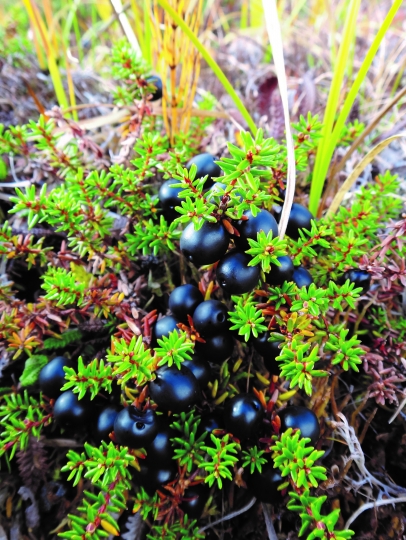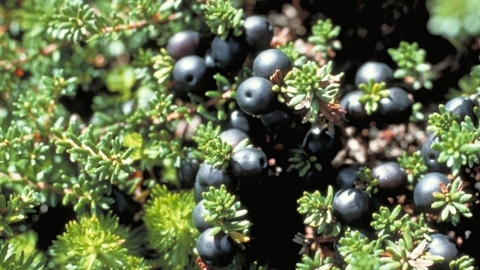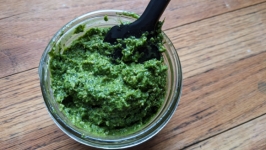Superberry
Crowberries are an excellent source of fiber and are one of the wild Alaska berries with the highest level of antioxidants, according to the University of Alaska Fairbanks Cooperative Extension.
Crowberries contain high levels of flavonoids, in particular anthocyanins which contribute to the dark purple-blue colors of crowberries, blueberries, and other colorful plants.
The high levels of anthocyanins allow the berries to be used as a natural dye for foods, grass baskets, and furs.
Crowberries are also noted for their antibacterial and antifungal properties. Traditionally the juice from crowberries is used for sore eyes; stems and leaves are boiled to create an eye wash.
Crowberries are used in Korea as an anti-inflammatory for conditions such as cystitis, nephritis, and urethritis.
Extracts of crowberry have been found to be protective against radiation.
According to Discovering Wild Plants: Alaska, Western Canada, the Northwest by Janice Schofield Eaton, tea infusions of berries, stems, and roots have been used to remedy stomachaches, diarrhea, and bad colds.
In survival situations, finding crowberries can be a lifesaver on mountaintops where water is scarce.
Be aware that consuming too many crowberries can cause constipation.











